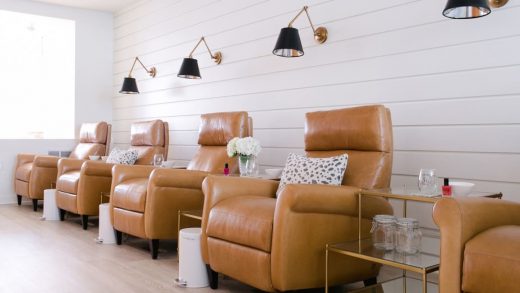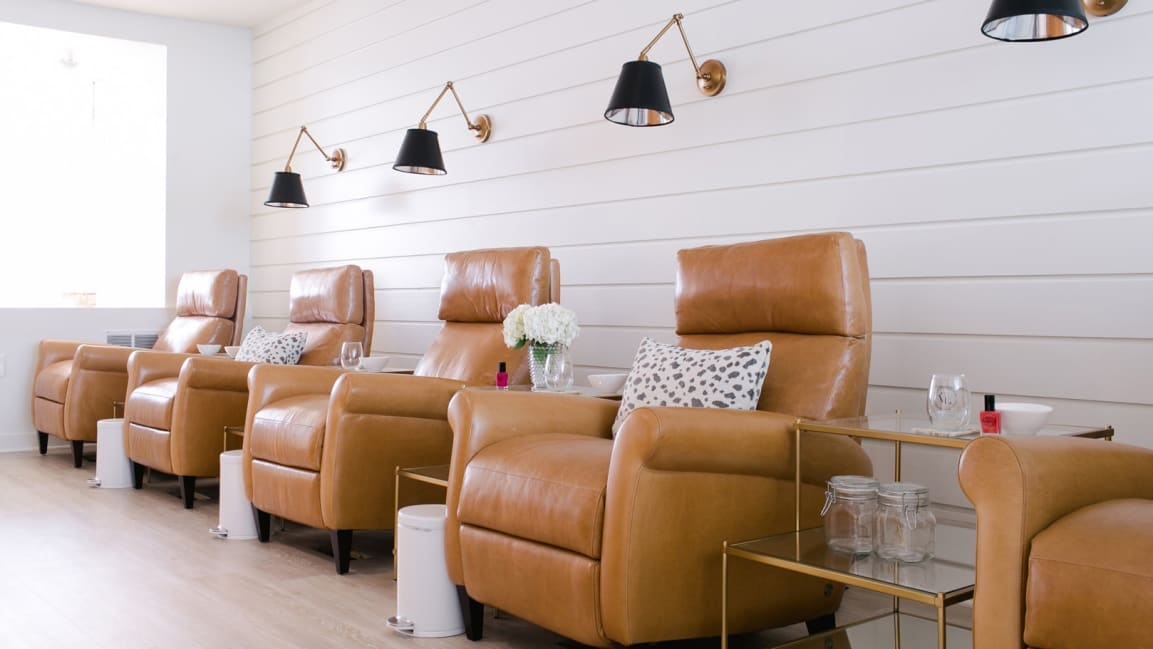How nail salons are trying to be less wasteful by going waterless
A single pedicure typically uses somewhere between 13 and 18 gallons of water. To put that into perspective, one flush of a toilet is 1.6 gallons of water. The average shower is about 17 gallons.
But some nail salons in the U.S. are attempting to buck their industry’s water-wasting tendency by going waterless. Instead of having customers soak their hands and feet pre-painting, they use dry scrubs and moisturizing socks and gloves to prep fingers and toes. Today, waterless nail salons are popping up all over the country, from New York to Los Angeles.
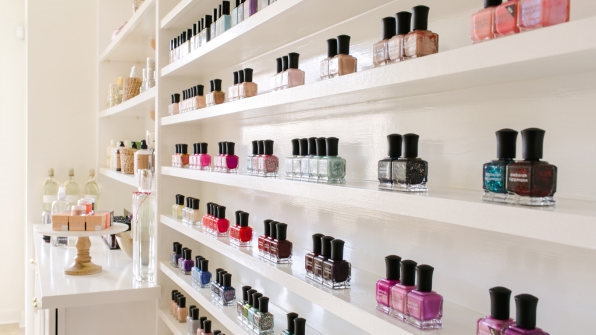
Lauren Dunne, founder of Varnish Lane, which has three locations in Washington, D.C., believes waterless manicures are increasingly catching on in the U.S. “I think it’s becoming more recognized as a safer way to do nails in the industry,” she says. “There will always be salons that use water that have been around forever, but because of the environmental factor and the safety of our clients and employees, we definitely see this as the start of an industry-wide shift.”
Dunne, who founded Varnish Lane with her mother Carrie in 2015, had initially set out to create a salon that was healthier for both clients and employees. Before you balk at the idea of painting someone’s unwashed toes, consider this: After meeting with experts in the industry, Dunne and her mother discovered that water is the biggest source of infection when getting your nails done. Instead of water, Varnish Lane uses natural products—oil cleansers and sugar scrubs—made locally. This ultimately saves 15 gallons of water per pedicure and five to 10 per manicure. Dunne estimates the company has saved 130,000 gallons of water so far in 2019 and about 560,000 gallons since the company launched.
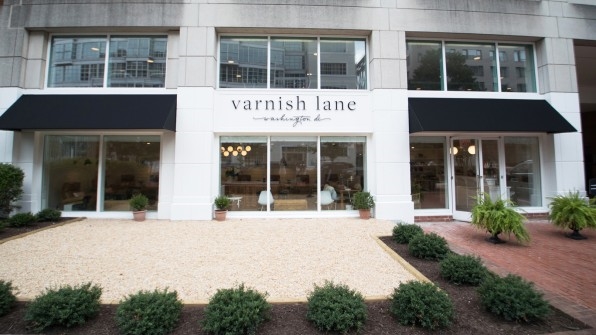
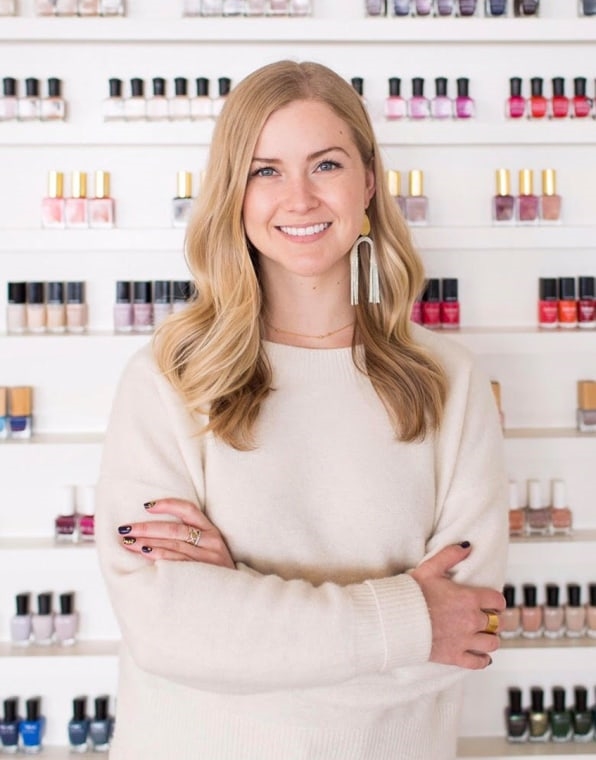
[Photo: courtesy Varnish Lane]
Other examples of waterless nail salons include Maalou in California, Innovative Nail Salon in New Jersey, and Glosslab, which has two locations in Manhattan. Launched in 2017 by founder Rachel Glass, Glosslab also initially went waterless for sanitary reasons. “It was about, how do we make this as sterile and clean as possible?” Glass says. “We found water to be a breeding ground for bacteria and germs.” The fact that her salons’ processes save water she sees as an added bonus.
Glass isn’t sure exactly how much her water her salon could be using but estimates that it’s “at least a gallon of water” for every pedicure. Glossslab does thousands of manicures and pedicures each month.
For those who aren’t swayed by the environmental advantages of a waterless pedicure, there are also beauty benefits. Soaking your hands and feet in water pre-manicure bloats the nails, leading to cracks in the polish after the nail shrinks back to its normal size. As for the health concerns, leftover water from previous pedicures often remains in a foot basin, for example, which becomes a hospitable environment for bacteria. And even if those basins are regularly cleaned, bacteria can remain in the pipes. “Seventy percent of salons aren’t following state protocol,” says Dunne, when it comes to cleaning out pedicure spa chairs with water basins.
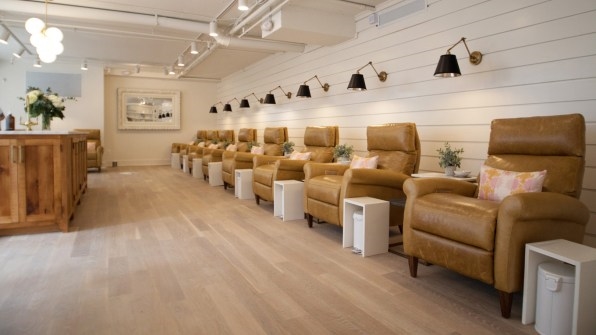
Both Glosslab and Varnish Lane use one-time products (like files and buffers), but otherwise opt for “hospital-grade” sterilizers to clean multiple-use tools, like clippers. Towels are another issue—salons go through a lot of them, and each laundry load requires plenty of water. Dunne’s trying to cut down on towel usage at Varnish Lane, too.
While most waterless salons seem to emphasize the aesthetic and health pros of cutting down on water use during manicures, Glass believes the environmental factor can help draw customers, as well. “It’s good to feel good about what you’re doing,” she says. But maybe still try and show up at your next waterless pedicure with clean feet.
(13)

